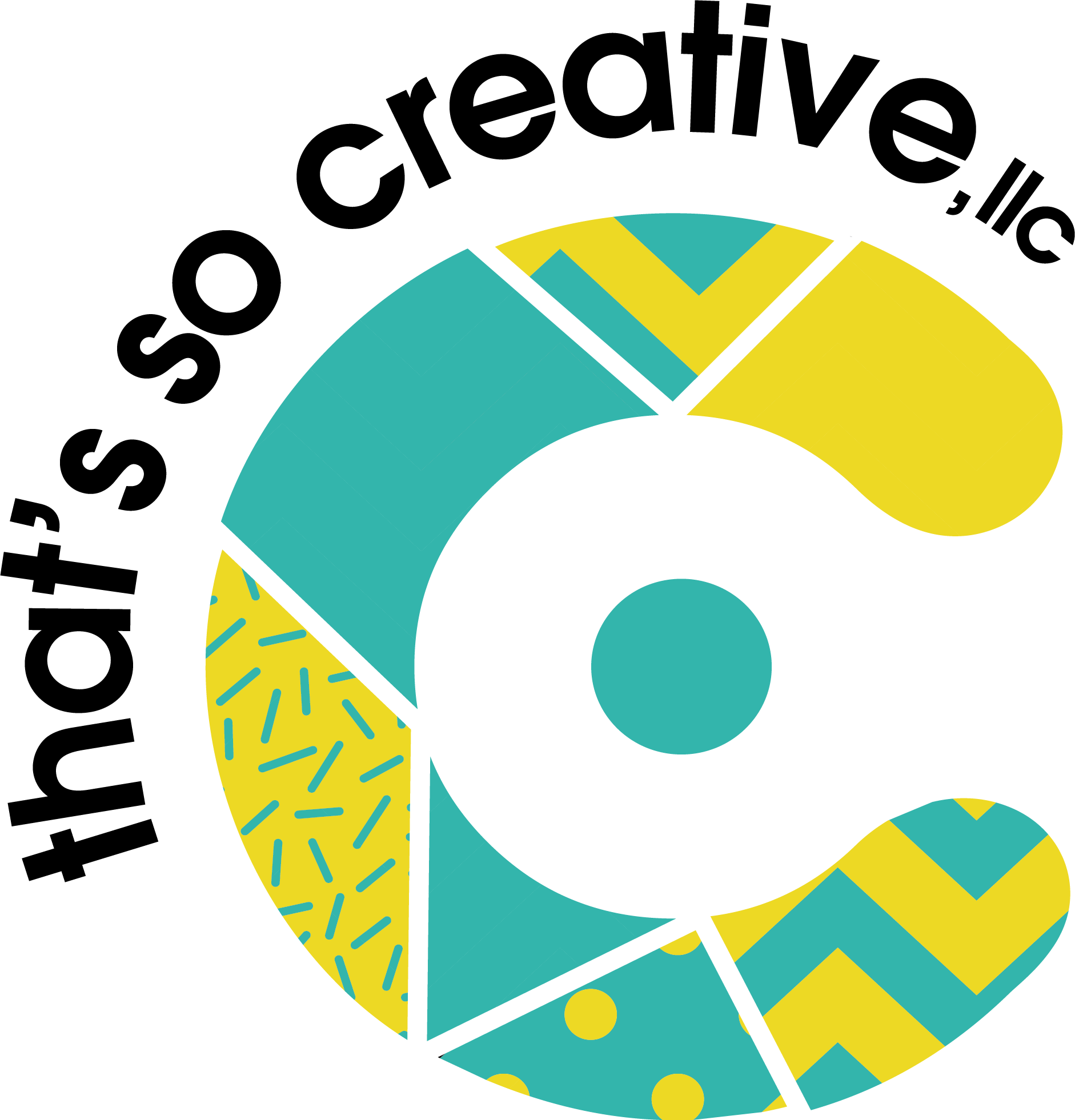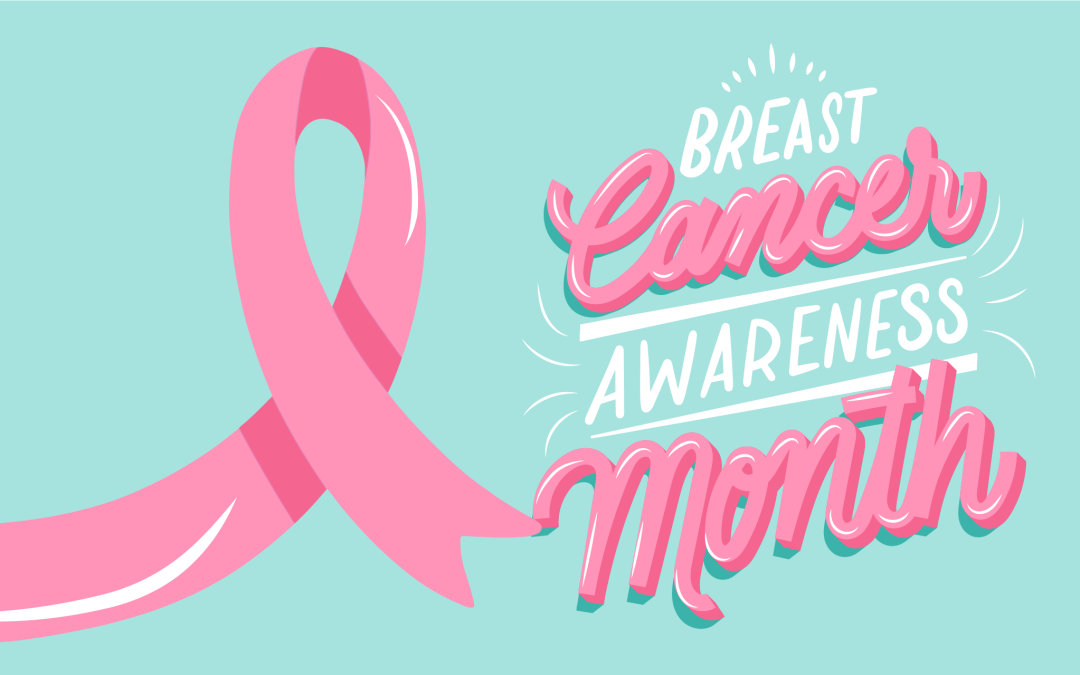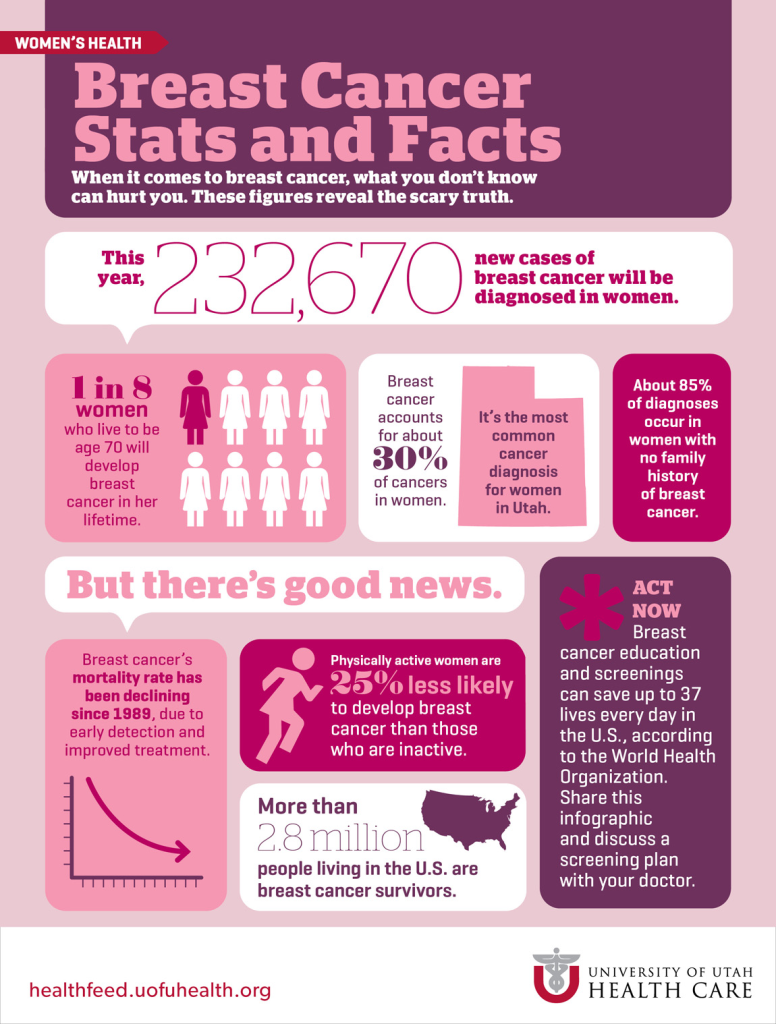We navigate our world through the lens of trial and error. We are constantly adapting to the world and learning to be comfortable with the unknown. The questions of “what if?” start to surface as well and the processes of trying to find logic in almost every incident start to become routine and expected. Picture yourself as a child trying to figure out how to explain something that you can’t see or seem to grasp, especially when everyone around you intuitively appears to have come to terms with that mysterious thing so quickly.
That was me, five years old unaware, happy in my fairytale, and confident that every problem could be fixed. No concept of health, its fragility, and the immense impact it has when it’s deteriorating. My family and I were frankly unaware that 1 in every eight women are diagnosed with breast cancer. Only 63% of breast cancer cases are diagnosed at the stage where there is no evident sign of cancer spreading outside of the breast. Getting diagnosed during this stage may also grant a 99% chance of a 5-year survival rate.
Back in the early 2000s, my family and I couldn’t even fathom the possibility of not identifying the signs. But reality will knock on the door no matter how much we try to avoid it. My grandmother was an amazing lady born February 28th, 1946, sweet as can be, intelligent, and loving. She reminded me a lot of my mom. She lived next to the Yankee stadium, and I can sometimes still hear the crack of the ball against the bat from her house while jeopardy is playing simultaneously. Often, I wish I remembered more. My time with her was so short, and I had no knowledge or understanding of the silent killer that had already begun to steal her life away.
My grandmother, just like my mom, didn’t like to “worry” people. She wanted everything and everyone to be content, but the sad irony is that we were happier with her around and would have jumped at the chance to battle this disease with her. In the fall of 2000, I found out my grandma was sick; she began to look frail and I often saw her stuffing tissues into her bra that would be riddled with blood. The childhood fairytale that everything was fixable had crumbled before me, but in the end, I was blessed to still see her as beautiful and graceful as ever. I would hear murmurings from my mom and wonder what she was speaking about.
My mom often sugar-coated her language, but my intuition started to grow after a while, and I knew something was wrong; my grandmother was silently dying. My mom didn’t know that my grandmother had stage 4 breast cancer, and neither did I. Her last day on earth was September 28th, 2000. What if we had known beforehand? Would it have extended her life or lessened her suffering? What if.
Written in loving memory of Eunice Gibbons.
Love your granddaughter Cassie
How To Do Breast Self-Exam according to National Breast Cancer Org
By familiarizing yourself with the following preventative methods, you could prevent the threat of silence leading to a disease that causes harm not only to you but to the ones you love.
Step 1: With your shoulders straight and arms on your hips, begin looking at your breast in the mirror.
In this step, what you should see is their usual size, shape, and color. They should be evenly shaped without swelling or visible distortion. If you see any 1) skin dimpling, puckering, or bulging, 2) an inverted nipple or a nipple that has changed position, or 3) any redness, soreness, or rashes, you should bring them to your doctor’s attention.
Step 2: Raise your arms and look for the same changes in the mirror.
When you raise your arms, there may be skin puckering or redness that you overlooked before. Paying close attention and being thorough with your self-examination can help you in the long run.
Step 3: Look for any signs of fluid coming out of one or both nipples.
Look for any signs of fluid coming out of one or both nipples in the mirror. This fluid may be watery, milky, yellow fluid, or blood. If you find any unusual fluid coming out, you need to bring this to your doctor’s attention.
Step 4: Lie down on your back and use your hand to feel your breasts lightly.
While lying down, use your right hand to feel your left breast and your left hand to feel your right breast. Keep your fingers flat and pressed together. Make a circular motion with your hands using a firm but smooth touch. You should feel your entire breast – from your armpit to your cleavage and from your collarbone to your abdomen. If you think there is a lump, please do not hesitate to call your doctor.
Step 5: Feel your breasts while sitting or standing.
Using the same circular motions as in step 4, you should cover your entire breast while sitting or standing. You may feel a lump you did not feel when you were lying down on your back. It is also recommended that you do this as a routine in the shower, as many women find it easier to do self-examination when their skin is wet and slippery.
The number of new cases of invasive breast cancer is estimated at 281,550 and new cases of non-invasive breast cancer are estimated to be around 49,290 by the end of 2021. We at That’s So Creative understand that it can be difficult when you have work or family responsibilities occupying your mind to put time aside for self-care. However, it is important to know how to detect breast cancer as early as possible. It is even more prudent to at least take the time to do a breast cancer self-exam. What may have seemed unusual turns out to be a commonplace.
More like this:


